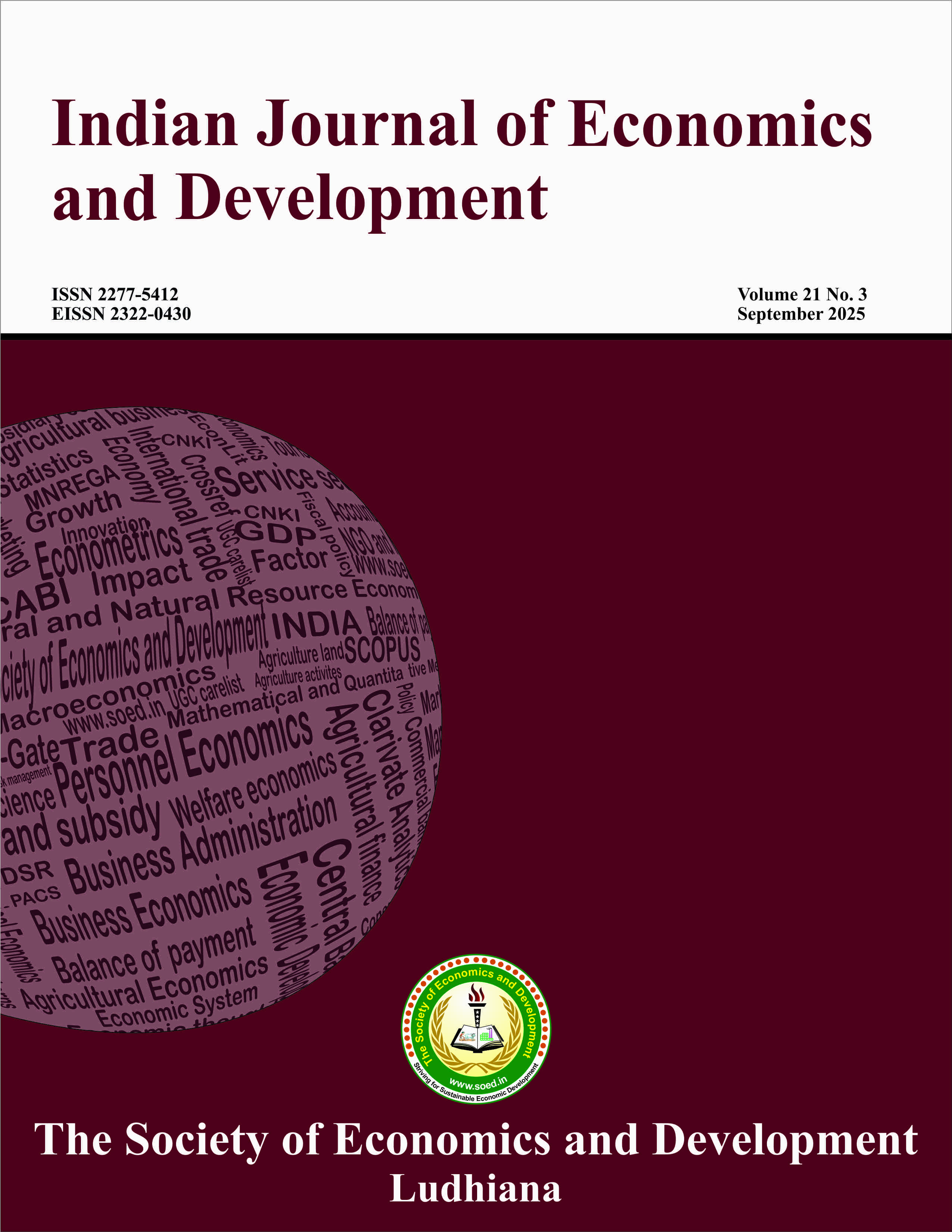Agriculture Labour Market of Punjab: Financial Inclusion and Emerging Non-institutional Lendings

Price: ₹ 500
Author: Gurlal Singh and V.K. Sharma
Author Address: Agricultrual Economist, and Principal Economist, Department of Agricultural Economics and Sociology, Punjab Agricultural University, Ludhiana-141 004 (Punjab), India
Keywords: Distress work, farm labour, finance, liabilities, non-institutional.
JEL Codes: D14, J43, J83, K31, Q14.
Abstract
The liabilities were a substantial burden for agricultural labour households. The primary data were collected from 270 agricultural labourers. The average loan amount for the farm labourers was ?57143. The public, private, and cooperative banks sourced loans of ?1018, 1414, and 204, respectively. The non-institutional sources contributed ?54507. The insufficiency of institutional loans compelled farm labourers to finance at higher interest rates from non-institutional sources. The most important sources of non-institutional finance were landlords, shopkeepers, and emerging microfinance companies. The microfinance companies charged very high-interest rates (>50 per cent). The non-institutional landing led to distressing work. Healthcare (19.1 per cent), house construction (10.9 per cent), consumption (10.7 per cent), and tragedy (7.9 per cent) were the most critical factors for non-institutional loans. The inclusion of farm labourers in the institutional system, achieved by opening their bank accounts and regularising microfinance companies, was necessary to save them from this catastrophic situation.
Description
Indian J Econ Dev, 2025, 21(3), 510-517
https://doi.org/10.35716/IJED-24078



